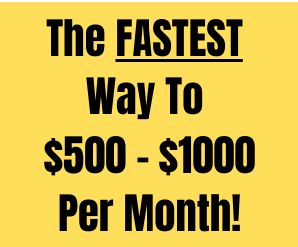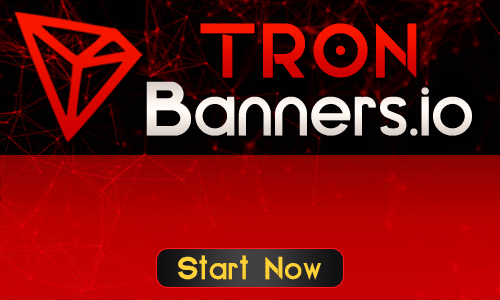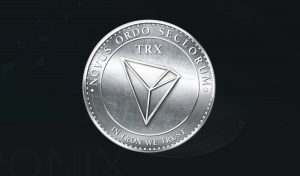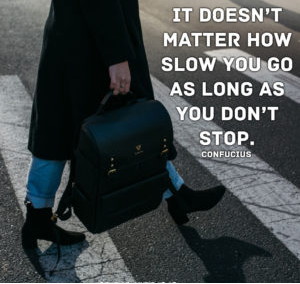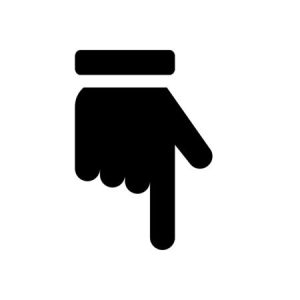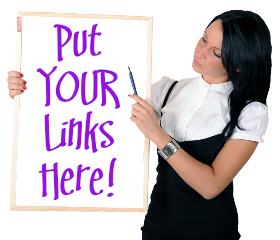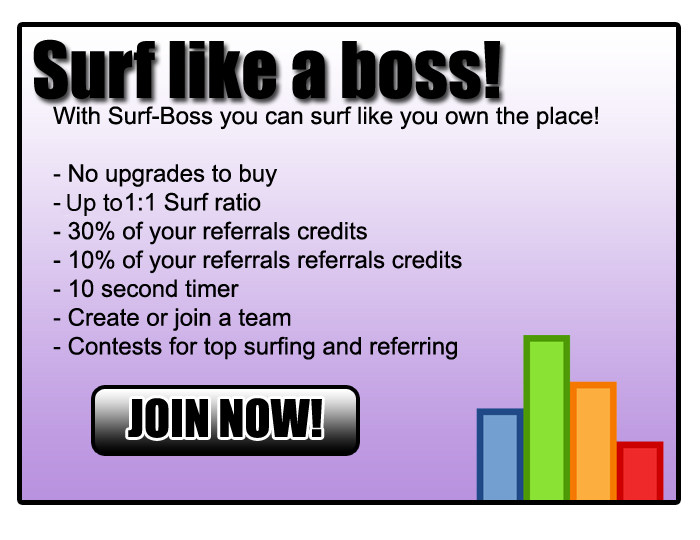What Is a Traffic Exchange?

A traffic exchange is a website where you view other users’ advertisements in return for credits. For every credit you earn, you’ll get to expose your own advertisements to someone else who is also a member of the traffic exchange. At a 1:1 traffic exchange, if you view 500 pages of other users advertisements, your own advertisements will be shown 500 members.
Traffic exchanges allow you to “surf” for credits by viewing other users’ ads or you can simply buy credits to promote your ads without surfing. Traffic exchanges may also offer other types of advertising such as banner ads and text ads that are displayed to users on the site.
Now that you understand what a traffic exchange is, let’s discuss some of the myths that people have about traffic exchanges.
Myth #1: Traffic Exchanges Deliver Poor Quality Traffic
There is a common misconception that traffic exchanges deliver poor quality traffic. An interested prospect will still get you a sale no matter where you find that prospect online.
So why do so many critics of traffic exchanges believe this?
1. They Don’t Understand the Audience
Traffic exchange users are looking to make money online, period. No, they’re not going to be interested in buying something from your ecommerce store. They definitely don’t care about your personal blog unless it’s about making money online.
So if you’re advertising anything else there, stop now because it isn’t going to work for you.
2. They Don’t Use Geotargeting
If you’re getting traffic from just about every country on earth with only a percentage of those users having access to a credit card or a PayPal account, you’re probably never going to see a sale.
That’s why the best traffic exchanges like, TrafficG, allow you to geotarget your campaigns. If you do this you’ll be able to filter out non-English speakers and people who aren’t from Tier 1 (USA, Canada, UK, Australia, etc) countries.
That’s not to say that you can’t get sales from outside of these countries, but if your budget is limited and you don’t really have an idea of how to target your offers to users outside of Tier 1 countries, it’s best to just stick to those.
Myth #2: Traffic Exchanges Have Low Conversion Rates

Another myth about traffic exchanges is that they have much lower conversion rates than other traffic sources. It may seem like you’re spending thousands of credits on your ads, but just consider the fact that most traffic exchanges also have thousands of users. That means that every user on the site may only end up seeing your ad once or twice.
Studies show that consumers are exposed to up to 10,000 brand advertisements per day. Combine that with the old marketing adage that a consumer needs to see an ad at least 7 times before deciding to take action. Finally, if Google Adwords is charging up to $54 per click for its most expensive keywords, why would you be able to get leads or sales by spending just a few pennies, which is what 1 credit in a traffic exchange is equivalent to?
The bottom line is that you need to flood traffic exchanges with your ads. It’s not enough to surf a few times and then sit back and wait for the sales to roll in.
Myth #3: No One Is Paying Attention to Your Ads Because They Are Trying to Get Traffic to Theirs
Why would people click on ads while surfing traffic exchanges? For the same reason they click on ads on any other website: they want what that ad is promoting! If your offer is highly targeted, then people will click.
Ads with videos, email signup forms, and splash pages that have buttons that can be clicked without have to scroll down on the page get the most clicks on traffic exchanges.
Here are two examples of the types of landing pages that you should promote in a traffic exchange:
Splash Page

Video Landing Page

Now that we’ve addressed what most people do wrong, let’s talk about the right way to use traffic exchanges:
1. Focus Your Advertising
Give the stats mentioned above regarding how many times consumers have to view an ad before they take action, it’s really important that you focus on just promoting 1 or 2 offers at a time with all of your traffic exchange credits. If you try to promote too many offers at once, it will be very hard for you to get significant results.
2. Don’t Send Visitors to Pages With Adsense Ads
This should be a no-brainer by now.
But traffic exchanges are not for getting you clicks on Google Adsense ads. If you do this, you’ll get banned by Google. In addition, you shouldn’t even send users to blog pages in the first place. The small amount of time that traffic exchange users will spend on your site will affect your SEO as well because bounce rate is a search engine ranking factor for Google.
Therefore, you should send users to the types of landing pages that I already discussed above only for the best results.
3. Buy Login Ads
Login ads are full-page ads that are shown to users as soon as they log into the traffic exchange. If you purchase login ads, you can ensure that your ad is seen by all of the members of the traffic exchange. In addition, users might spend more time looking at the ad than the few seconds it takes waiting for the countdown timer to expire in order to earn credits while surfing.
4. Build Your Referrals

By building your referrals on traffic exchanges, you’ll have users surfing on your behalf. This will dramatically reduce the time you need to spend surfing on your own. It will also save you money if you choose to buy credits. Finally, referrals will also make you money because you’ll get paid when they upgrade their own accounts.
However, don’t make the mistake of trying to build up your referrals on every traffic exchange. You only want referrals on the oldest and most reliable traffic exchanges. I recommend building your referrals on sites like HitLink or TrafficG simply because these traffic exchanges have loyal followings, reasonable surf ratios for free users, and plenty of Tier 1 traffic.
While this may sound counter intuitive, my favorite place to get referrals for traffic exchanges outside of traffic exchange downline builders is safelist mailers.
Go to the link below to download my free safelist marketing guide which includes safelist promo codes for free mailing credits:
5. Don’t Use Ready Made Affiliate Pages Unless the Program Is Brand New
Unless you’re promoting a program that just launched, make your own unique landing page to promote your offer. This will help you stand out from the competition and you won’t have to have your signups stolen away by other affiliates who are promoting the same product or service.
In addition, a lot of programs also have extra information on their affiliate landing pages that traffic exchange users simply won’t be interested in.
You always need to assume that a traffic exchange user is not going to scroll down on a page. So you need a custom designed landing page that has all of the information that users need to make a decision about your offer appear in the surf page frame.
6. Promote an Offer That Requires a Real Email Address
With so many offers being shown to users, it’s only natural that traffic exchange users will try to use throwaway or fake email addresses to sign up. So when you decide on an offer to promote, make sure that it is one that a user has to provide a real email for.
For example, promote programs where the user might have to sign up and create an account or use a credit card for a low-cost offer. You can also remind them on your landing page that they won’t receive whatever you’re offering unless they use a real email address to sign up.


